Genome-wide patterns of selection in 230 ancient Eurasians
- PMID: 26595274
- PMCID: PMC4918750
- DOI: 10.1038/nature16152
Genome-wide patterns of selection in 230 ancient Eurasians
Abstract
Ancient DNA makes it possible to observe natural selection directly by analysing samples from populations before, during and after adaptation events. Here we report a genome-wide scan for selection using ancient DNA, capitalizing on the largest ancient DNA data set yet assembled: 230 West Eurasians who lived between 6500 and 300 bc, including 163 with newly reported data. The new samples include, to our knowledge, the first genome-wide ancient DNA from Anatolian Neolithic farmers, whose genetic material we obtained by extracting from petrous bones, and who we show were members of the population that was the source of Europe's first farmers. We also report a transect of the steppe region in Samara between 5600 and 300 bc, which allows us to identify admixture into the steppe from at least two external sources. We detect selection at loci associated with diet, pigmentation and immunity, and two independent episodes of selection on height.
Conflict of interest statement
The authors declare no competing financial interests.
Figures
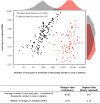

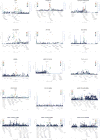
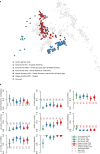


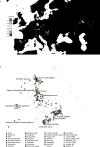

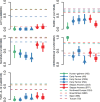

References
-
- Allentoft ME, et al. Population genomics of Bronze Age Eurasia. Nature. 2015;522:167–172. - PubMed
Publication types
MeSH terms
Substances
Grants and funding
LinkOut - more resources
Full Text Sources
Other Literature Sources

